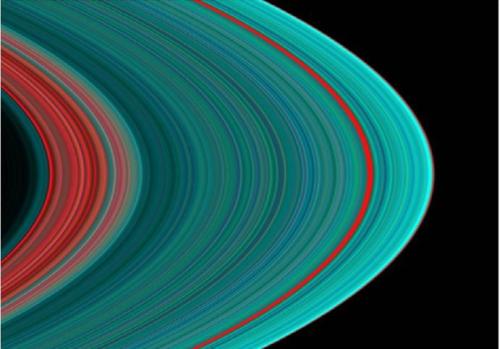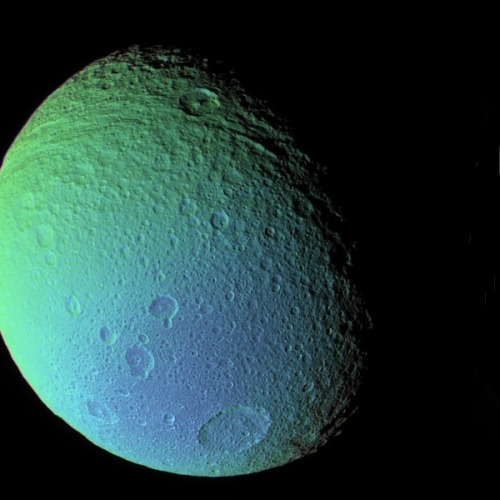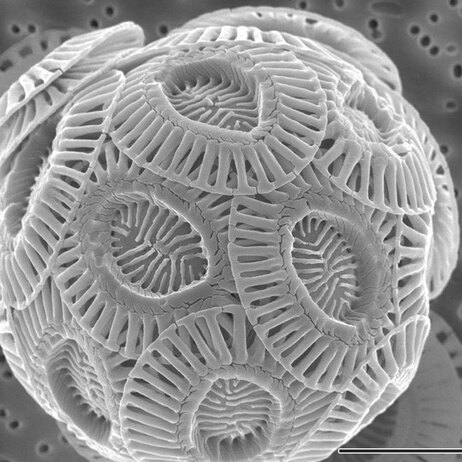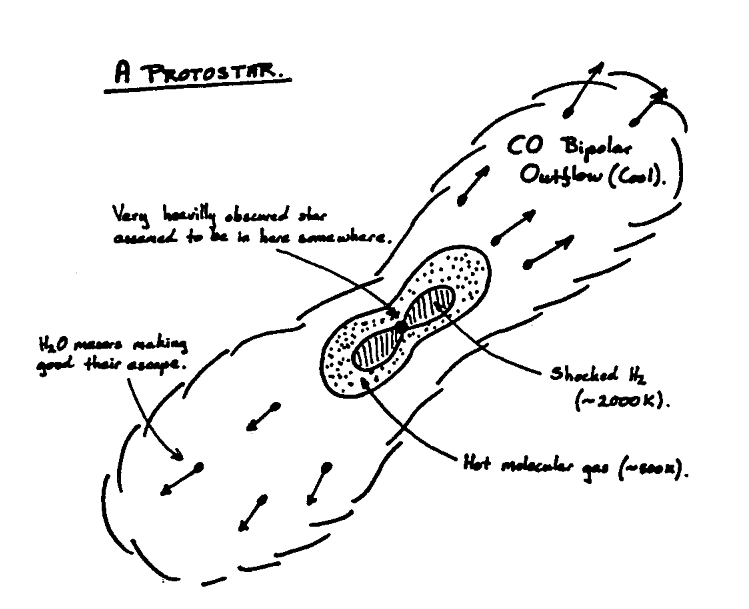For those who haven't come across this colossal project, here's a quick intro from its wiki page:
The United States Air Force Stability and Control DATCOM is a collection, correlation, codification, and recording of best knowledge, opinion, and judgment in the area of aerodynamic stability and control prediction methods. It presents substantiated techniques for use (1) early in the design or concept study phase, (2) to evaluate changes resulting from proposed engineering fixes, and (3) as a training on crosstraining aid. It bridges the gap between theory and practice by including a combination of pertinent discussion and proven practical methods. For any given configuration and flight condition, a complete set of stability and control derivatives can be determined without resort to outside information.
A spectrum of methods is presented, ranging from very simple and easily applied techniques to quite accurate and thorough procedures. Comparatively simple methods are presented in complete form, while the more complex methods are often handled by reference to separate treatments. Tables which compare calculated results with test data provide indications of method accuracy. Extensive references to related material are also included.
The report was compiled from September 1975 to September 1977 by the McDonnell Douglas Corporation in conjunction with the engineers at the Flight Dynamics Laboratory at Wright-Patterson Air Force Base.
Source:
http://en.wikipedia.org/wiki/USAF_Stability_and_Control_DATCOM
Ok, with that of the way, here's the entire (1978 revision) declassified PDF document (3134 pages, 113 MB):
http://www.dtic.mil/cgi-bin/GetTRDoc?Location=U2&doc=GetTRDoc.pdf&AD=ADB072483
I can safely say that this report was a life saver during stability and control analysis projects and preliminary aircraft design. It also helps that it's easy to use with a detailed table of contents that almost always gets what you what you need.
My stability and control textbook from college extensively implemented DATCOM methods. Here's a preview:
The DATCOM report also gave way to a computer program (USAF
Digital DATCOM) which allowed users to analyse various aircraft configurations based on geometry and flight condition inputs.
Intro tutorial we used at college:
Direct link to file:
http://openae.org/files/resources/digital_datcom/DATCOM_Tutorial_I.pdf
The Digital DATCOM project has seen 3rd party updates and innovations over the years, with the inclusion of 3D model viewing, MATLAB/Simulink integration etc. To get a better idea:
http://en.wikipedia.org/wiki/USAF_Digital_DATCOM#Current_Development































